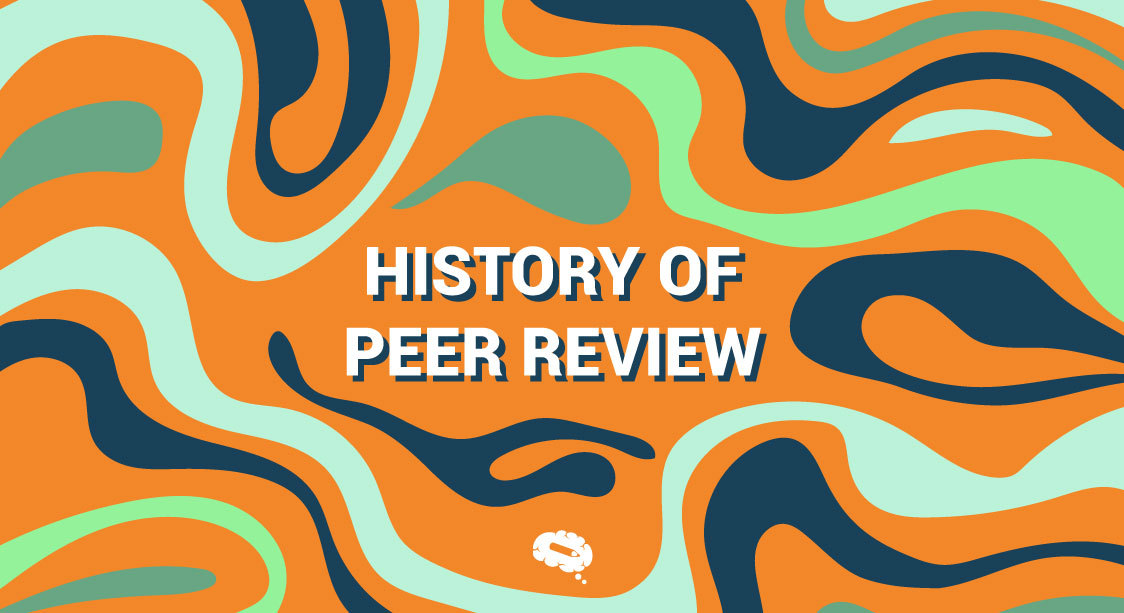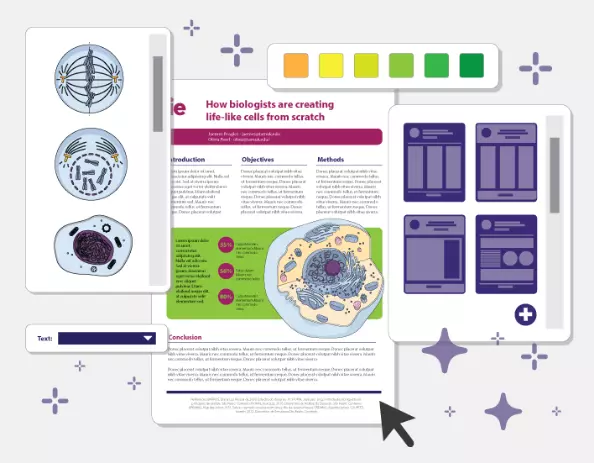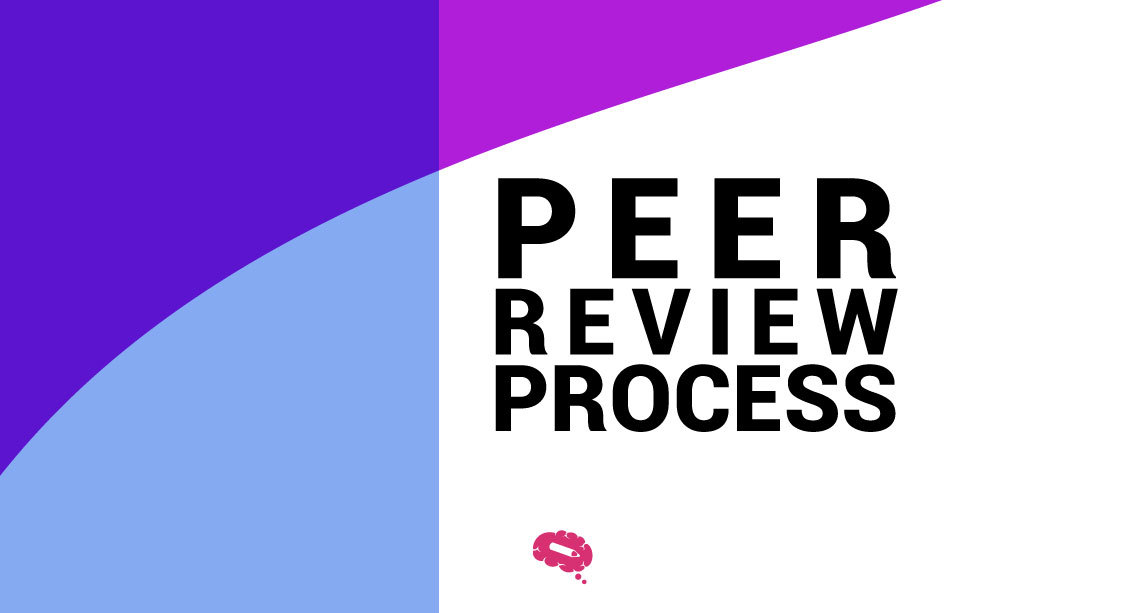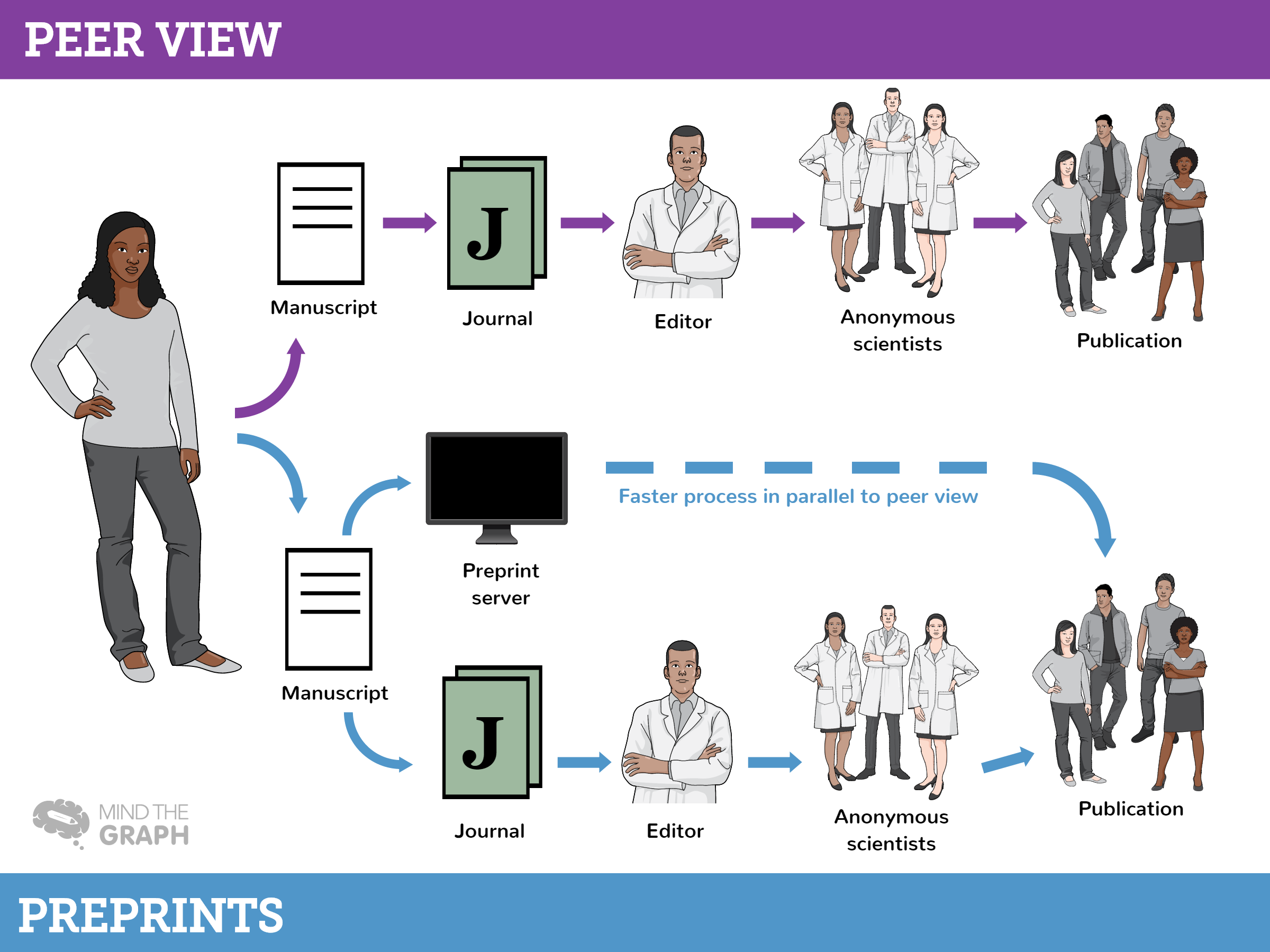Have you ever thought about how the research papers that you read, and the journals that you refer to while doing your research are verified? Often, we get confused about whether the report is valid or just a fictional work, but you don’t need to worry. There is this review system known as peer review which verifies all the published works. That’s the reason scientific papers are always considered as an utmost important part of innovations. Let’s learn in detail about what is peer review and the history of peer review in this article.
What Is Peer Review?
Peer review is a critical evaluation process used in academic and scientific communities to assess the quality, validity, and significance of research papers, articles, or other scholarly works before they are published. It is a fundamental part of the scholarly publishing process and helps ensure that published works meet certain standards of quality and credibility.
When a researcher or scholar submits their work to a journal or conference for publication, the editor of the publication will typically send the manuscript to a group of experts in the field, known as peers or referees. These referees are usually researchers or academics who have expertise in the same or a related area as the manuscript under review.
The peer reviewers carefully evaluate the submitted work for its scientific rigor, methodology, originality, clarity of presentation, and adherence to ethical guidelines. They may assess the research design, methodology, data analysis, and interpretation of results. They also check if the work adds new knowledge to the field and if the conclusions drawn are supported by the evidence presented.
Related Article: What is a peer-reviewed article and where can we find it?
Origin Of Peer Review
The origins of peer review can be traced back several centuries, but it is challenging to pinpoint an exact date or individual as the “father” of peer review. The practice of seeking expert opinions and evaluations of scholarly work has evolved over time.
One of the earliest documented examples of peer review dates back to the 17th century in the Royal Society of London, a scientific society established in 1660. The Royal Society implemented a system where scientific manuscripts were distributed to knowledgeable individuals for evaluation before being published in the society’s journal, Philosophical Transactions. This early system laid the groundwork for the peer review process as we know it today.
However, it is important to note that the concept of peer review in various forms existed even earlier. For example, in the Islamic Golden Age, which spanned from the 8th to the 14th centuries, scholars engaged in a form of peer review known as “ijma” or “consensus of scholars” to assess the validity and authenticity of religious texts.
Prehistory Of Peer Review
The prehistory of peer review, in a broader sense, can be traced back to the ancient world when scholars and intellectuals would share their work with trusted colleagues or mentors for feedback and validation. However, the formalized process of peer review as we understand it today took shape over time. Here are some key milestones in the prehistory of peer review:
Pre-Enlightenment Period
Before the scientific revolution and the Enlightenment era, scholars relied on personal networks and correspondence to share their work with peers for feedback and critique. This informal process of review allowed for quality control within intellectual circles.
17th Century Scientific Societies
In the 17th century, scientific societies like the Royal Society of London (founded in 1660) and the Académie des Sciences in Paris (founded in 1666) played a crucial role in the development of peer review. These societies implemented review mechanisms where submitted manuscripts were evaluated by select members of the society.
Journal Publications
The emergence of scientific journals in the 18th and 19th centuries brought a more structured approach to peer review. Journals such as Philosophical Transactions of the Royal Society and Journal des Scavans began employing editors and referees to review and select articles for publication. However, the process was still relatively informal compared to modern standards.
Medical Peer Review
In the 19th century, medical societies and journals, such as The Lancet (founded in 1823) and the New England Journal of Medicine (founded in 1812), introduced more rigorous peer review processes in response to the need for quality control in medical research.
Post-WWII Expansion
After World War II, there was a significant expansion in scientific research and publication. This led to the establishment of more specialized journals and an increased reliance on peer review to assess the growing volume of scientific work.
Why Is Peer Review Important In History?
Peer review is important in the field of history for several reasons, including these that follows:
Quality Assurance
Peer review helps ensure the quality and reliability of historical research. It provides a rigorous evaluation process where experts in the field assess the methodology, sources, analysis, and interpretation employed in historical studies. This helps identify any errors, biases, or weaknesses in the research, contributing to the overall accuracy and credibility of historical knowledge.
Verification and Validation
Peer review plays a crucial role in verifying the accuracy and validity of historical claims. Historians rely on evidence from primary and secondary sources to construct their arguments, and the peer review process helps scrutinize these sources and the methods used to analyze them. This scrutiny helps verify the accuracy of the historical claims made and contributes to the validation of historical research.
Constructive Feedback And Improvement
Peer reviewers provide constructive feedback to authors, pointing out strengths, weaknesses, and areas for improvement in their work. This feedback allows historians to refine their arguments, reassess their interpretations, and strengthen their research. Peer review serves as a vital feedback loop that helps historians enhance the quality and impact of their scholarship.
Intellectual Exchange And Collaboration
Peer review fosters intellectual exchange and collaboration within the historical community. Reviewers engage with the work of their peers, share insights, provide alternative perspectives, and contribute to ongoing scholarly discussions. This collaborative aspect of peer review enhances the overall quality of historical research and contributes to the advancement of knowledge in the field.
What Is PLOS?
PLOS stands for the Public Library of Science. It is a nonprofit publisher and advocacy organization that focuses on promoting open access to scientific and medical research. PLOS was founded in 2001 to make scientific literature freely available to the public, thus removing barriers to accessing and sharing knowledge.
PLOS publishes a suite of open-access scientific journals across various disciplines, covering fields such as biology, medicine, genetics, neuroscience, ecology, and more. The journals operated by PLOS include PLOS Biology, PLOS Medicine, PLOS Genetics, PLOS Computational Biology, and others. These journals adhere to rigorous peer review processes to ensure the quality and integrity of the published research.
One of the defining features of PLOS journals is their commitment to open access. Open access means that the articles published by PLOS are freely available to anyone, without subscription or paywall restrictions. This approach allows researchers, academics, healthcare professionals, policymakers, and the general public to access and utilize scientific information without financial or institutional barriers.
Related Article: Exploring PLOS ONE Impact Factor in Advancing Open Science
What Makes PLOS Published Peer Review History Different?
PLOS (Public Library of Science) is a prominent publisher of open-access scientific journals, and one of the unique features offered by PLOS is its Published Peer Review History. This feature sets them apart from traditional journals by providing transparency and openness in the peer review process. Here are some key aspects that make PLOS’s Published Peer Review History different:
Transparency
PLOS Published Peer Review History aims to increase transparency by making the entire peer review process visible to readers. It includes the complete peer review history of the article, including reviewer comments, author responses, and the editor’s decision. This transparency allows readers to see how the paper evolved through the review process.
Open Access
PLOS journals are open-access, meaning that their content is freely available to the public. This accessibility allows anyone to read and engage with the published research, promoting broader dissemination and collaboration.
Reviewer Anonymity Options
PLOS provides flexibility regarding reviewer anonymity. Reviewers can choose to sign their reviews, which allows their names to be disclosed alongside their comments. Alternatively, they can remain anonymous if they prefer.
Community Engagement
PLOS Published Peer Review History encourages community engagement and post-publication discussion. By openly sharing the review process, PLOS enables readers, researchers, and experts to provide post-publication comments, questions, and additional insights, fostering a more interactive and collaborative scientific environment.
Article Impact
Alongside the Published Peer Review History, PLOS journals often provide article-level metrics and altmetrics, which showcase the impact and reach of an article beyond traditional citation counts. These metrics can include data such as article views, downloads, social media mentions, and more.
In conclusion, peer review is a vital component of the scholarly publishing process across various disciplines, including science, humanities, and history. It serves as a mechanism for quality assurance, verification, and improvement of research. Through the critical evaluation of experts in the field, peer review helps ensure the accuracy, validity, and credibility of scholarly work.
By embracing peer review, researchers and readers alike can have confidence in the rigor and reliability of the knowledge that is produced and disseminated, contributing to the advancement of their respective fields.
Exclusive Scientific Content, Created By Scientists
As a scientist, you might be working day in and out to carry out your research. When it comes to presenting this research, the way from writing to publishing it in a reputed journal needs more of your effort. And when you have issues with language, presentation, or creating infographics, it becomes even more difficult.
Worry not if you are in such a grind, because Mind the Graph is at your aid. Mind the Graph is a tool that provides exclusive scientific content, created by scientists, especially through visuals and infographics. Sign up for free and learn more.

Subscribe to our newsletter
Exclusive high quality content about effective visual
communication in science.





